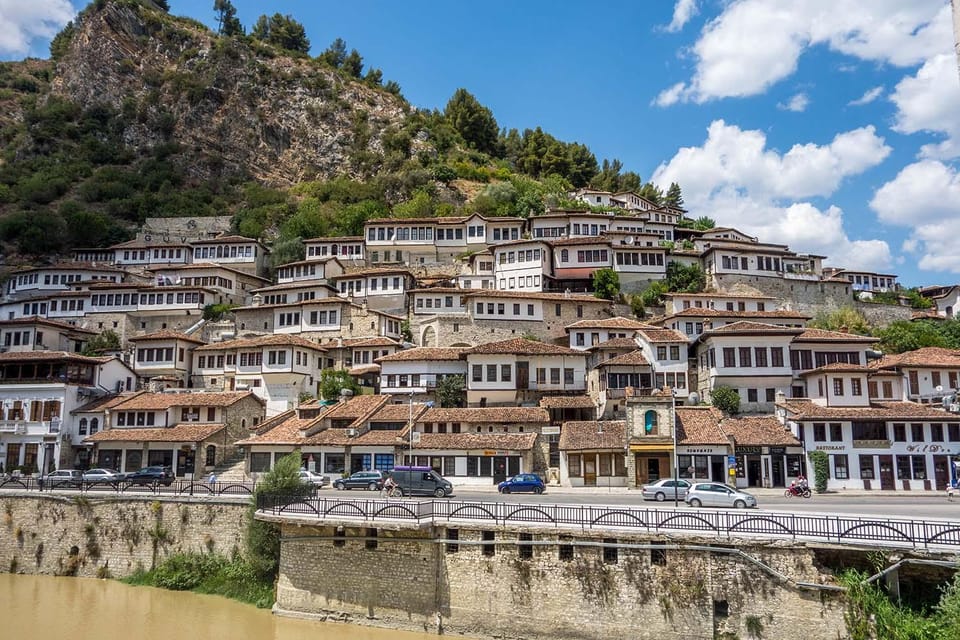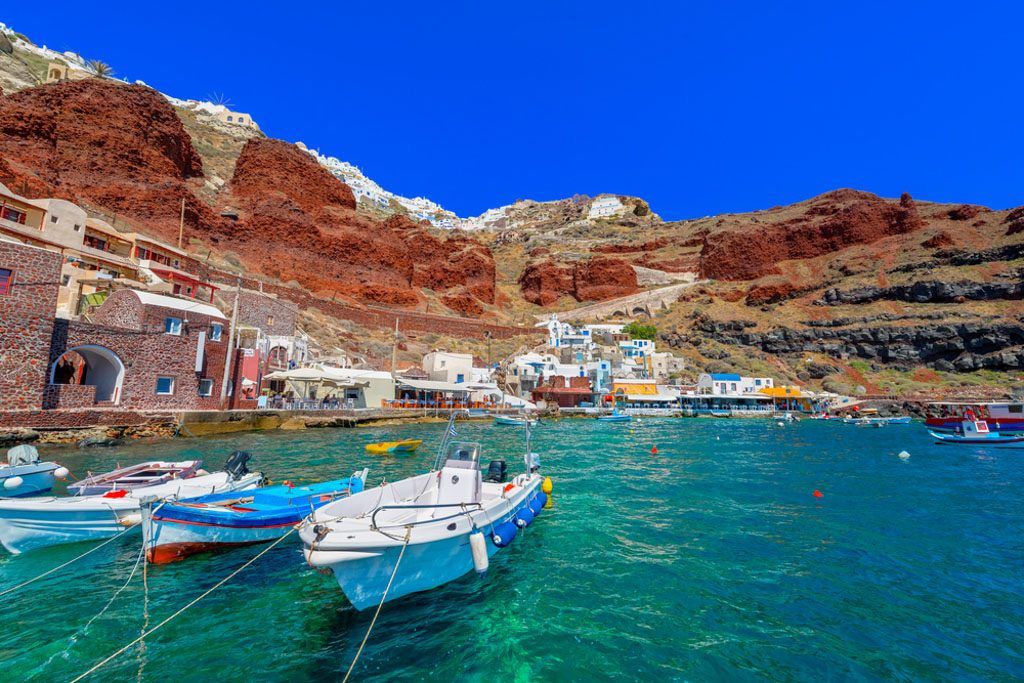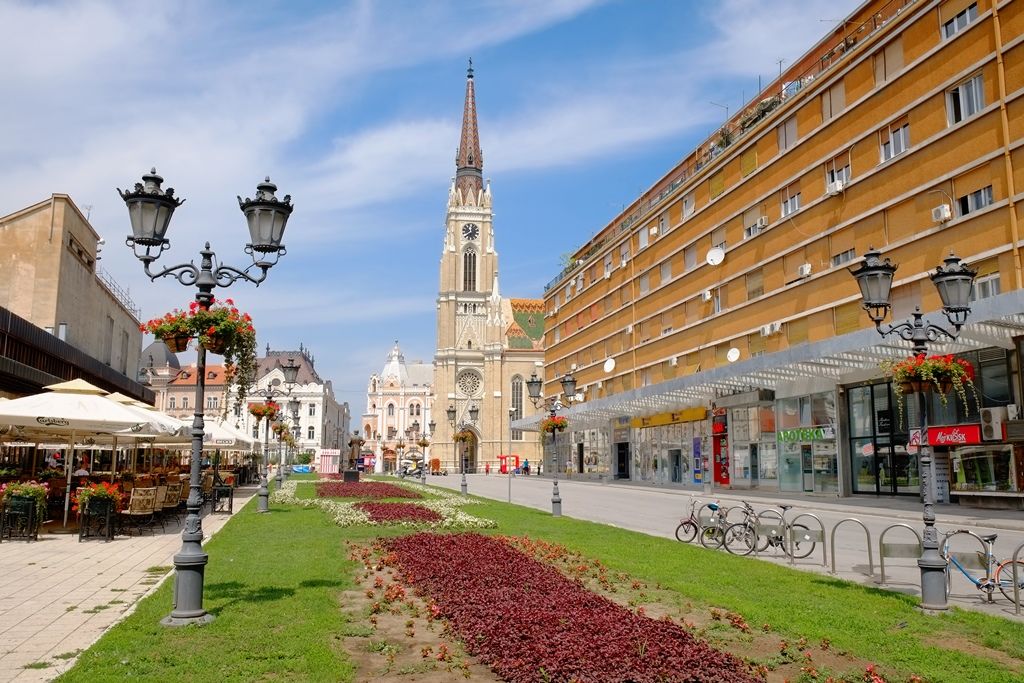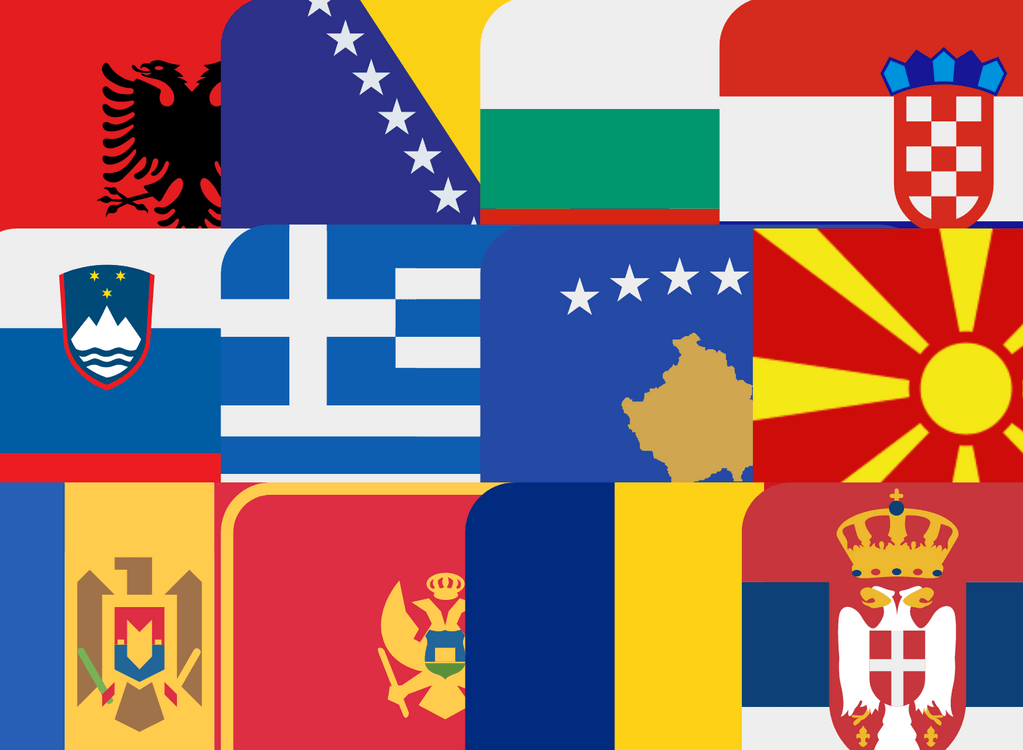Main tourist attractions of each Balkan country
The Balkans offer a unique blend of stunning natural landscapes and a rich cultural heritage spanning centuries of history. This region, located in southeastern Europe, comprises a diversity of countries, each with its own particular charm. From crystal beaches to rugged mountains and historic monasteries, the Balkans provide a complete travel experience for those looking to explore the essence of Europe. Below, we present the main tourist attractions of each country in this fascinating region, which spans from Albania to Serbia.
- Albania: History and unique beaches
Albania, a country on the Adriatic and Ionian coasts, has gained recognition for its virgin beaches and historical heritage. Among its main attractions is Berat, known as “the city of a thousand windows”. This place, declared a World Heritage Site, stands out for its Ottoman architecture and its historic neighborhoods, Mangalemi and Gorica, which transport visitors to past eras.

Another iconic site is Gjirokastër, a museum city where stone houses and the Ottoman architectural style predominate. The fortress of Gjirokastër, one of the best preserved in the Balkans, allows visitors to walk through its towers and observe panoramic views.
On the coast, the beaches of Ksamil are one of the most popular in the country, with crystal clear waters and a quiet atmosphere that makes them a perfect destination for rest. To the north, the Albanian Riviera offers cliffs, hidden coves and beaches such as Dhërmi and Himarë, appreciated for their natural environment and turquoise waters. For nature lovers, Theth National Park is ideal for hiking, exploring waterfalls and enjoying intact mountain landscapes.
- Bosnia and Herzegovina: Historic bridges and shocking nature
Bosnia and Herzegovina stands out for its natural landscapes and for the cultural fusion that has left its mark on its architecture and monuments. One of the most emblematic attractions is the Old Bridge of Mostar, a symbol of reconciliation and the historical resistance of the region. This Ottoman bridge, which was destroyed during the war in the 1990s and rebuilt later, offers spectacular views and is famous for local divers who jump into the Neretva River from above.
A few kilometers from Mostar, the Monastery of Blagaj is another of the country’s treasures. Located at the foot of a cliff next to the Buna River, this monastery is known for its architecture and its serene natural environment. Nearby, the Kravice waterfalls are ideal for nature lovers. With a height of 25 meters and surrounded by vegetation, these waterfalls form natural pools where it is possible to swim and relax.
Sarajevo, the capital, is also an important point of interest. The city combines influences from the Ottoman and Austro-Hungarian Empire in a unique urban landscape. Visiting its old town, known as Bašcaršija, allows you to visit bazaars, mosques and historical monuments that reflect the cultural diversity of the region. In addition, the Sarajevo Tunnel Museum recalls the recent history of the country and allows to know the impact of the war on the lives of its inhabitants.
- Bulgaria: Monasteries and mountains
Bulgaria stands out for its vast historical and cultural wealth, as well as for its impressive natural landscapes. One of its most valuable treasures is the Rila Monastery, declared a World Heritage Site by UNESCO. Located in the Rila mountains, this monastery is more than a thousand years old and is an important spiritual and architectural center. Its colorful frescoes, arches and courtyards are a sample of the artistic and religious ability of the medieval era in Bulgaria.
In the capital, Sofia, visitors can explore the majestic Alexander Nevsky Cathedral, one of the largest Orthodox churches in the world. This iconic building stands out for its architecture and its role as a symbol of Bulgarian independence.
For those looking for nature, the Seven Lakes of Rila National Park offers a unique hiking experience. This park is home to a series of glacial lakes that reflect the surrounding mountains and provide spectacular landscapes. Each lake has a particular name that describes its shape, such as Lake Eye, Kidney Lake and Clover Lake, and together they create an ideal environment to disconnect.
- Croatia: Coastal city and national parks
Croatia is world famous for its Adriatic coast and islands, but it also has cities and national parks that reflect its cultural and natural diversity. Dubrovnik, known as “the Pearl of the Adriatic”, is one of its most popular destinations. Its medieval walls and its old town, a World Heritage Site, offer a fascinating experience. Walking through its narrow streets and walking along the walls allows you to enjoy panoramic views of the sea and the architecture of the city.
Another unmissable point is the Plitvice Lakes National Park, a protected area with sixteen lakes connected by waterfalls and surrounded by lush vegetation. The wooden trails and bridges allow you to tour the park and admire the incredible color of the waters, which varies between blue and green. This park is one of Croatia’s most important natural wonders and offers a unique experience for nature lovers.
In the north of the country, the city of Zagreb combines the modern with the traditional and offers a wide variety of museums, squares and markets. It is an ideal destination for those looking to get to know a lesser-known side of Croatia and explore its cultural scene.
- Slovenia: Alpine lakes and castles
Slovenia is famous for its stunning alpine landscape and medieval castles. One of the most photographed places in the country is Lake Bled, surrounded by mountains and known for its small island in the center, which houses a baroque church. Visitors can reach the island by boat and climb the church tower to enjoy panoramic views. You can also explore Bled Castle, located on a cliff above the lake, which offers unparalleled views and houses a museum.
Another prominent destination is the Postojna Cave, one of the largest caves in Europe and home to strange creatures known as proteans. The cave has a network of tunnels and chambers that can be traveled by train, which allows you to discover its impressive formations of stalactites and stalagmites.
Finally, Ljubljana, the capital, is known for its relaxed atmosphere and colorful buildings. In the center is the Castle of Ljubljana, a medieval fortress that dominates the city and offers an excellent view of the river and the nearby mountains. In addition, its squares, cafes and pedestrian streets provide a perfect environment to enjoy Slovenian culture.
- Greece: Suspended monasteries and ancient ruins
Although Greece is best known for its islands and ancient history, in the Balkan region it is famous for Meteora, a set of monasteries built on top of rock formations. These monasteries seem suspended in the air and are a sample of the architectural skill and religious devotion of the orthodox monks who inhabited them. Today, only six of the monasteries remain active, but each one offers spectacular views and an experience of peace and serenity.

In northern Greece, the city of Thessaloniki is also an important point of interest. Its Roman ruins, Byzantine churches and lively nightlife make this city an ideal destination for those looking to know a less touristy but equally charming Greece.
Of course, the Greek historical legacy extends to sites such as Vergina, where the tombs of the Macedonian kings are located, including the tomb of Philip II, father of Alexander the Great.
- Kosovo: Byzantine art and mountain parks
Kosovo, one of the youngest countries in Europe, has a rich cultural heritage, visible in monuments such as the Monastery of Graçanica, declared a World Heritage Site. This monastery is an excellent example of Byzantine art and architecture, and its frescoes are some of the most beautiful in the Balkans.
Sharr National Park is a natural refuge in southern Kosovo, famous for its biodiversity and mountainous landscapes. Hikers and nature lovers will find its mountains, lakes and coniferous forests an ideal destination to escape the hustle and bustle of the city and enjoy the tranquillity of nature.
- North Macedonia: Historical lakes and bazaars
North Macedonia is known for its impressive Lake Ohrid, one of the oldest and deepest lakes in Europe. Ohrid, the homonymous city on its shores, is a destination that combines nature and historical heritage. Known as “the Jerusalem of the Balkans” for its many churches and monasteries, among which the Church of San Juan Kaneo stands out, located on a cliff overlooking the lake, Ohrid is ideal for walking through its alleys and enjoying the views. The lake offers water activities, and its clear waters allow you to swim and explore underwater wildlife.
The capital, Skopje, mixes modernity with history. Among its main attractions are the Old Bazaar of Skopje, the largest bazaar in the Balkans, where visitors can find everything from spices to local crafts. The city is also home to the Kale Fortress and the Memorial House of Mother Teresa, who was born in Skopje. This city is unique in its fusion of Ottoman architecture and modern styles, becoming an interesting destination to discover a renewed North Macedonia.
- Montenegro: Fortified islands and impressive bays
Montenegro is famous for its steep coastline and natural bays, Kotor being one of its main attractions. This medieval city, located in Kotor Bay and surrounded by mountains, has been declared a World Heritage Site. The city offers a walled old town, where visitors can walk through cobbled streets, old churches and a fortress with exceptional views of the bay.
Sveti Stefan, a fortified island connected to the mainland by a narrow road, is another jewel of Montenegro. This former fishing village has been transformed into a luxury resort, but visitors can admire the beauty of its stone houses from the beach.
In the north, the Durmitor National Park is a natural wonder for lovers of hiking and adventure. This park, where the Tara River Canyon, the second deepest in the world, is located, offers activities such as rafting, hiking and skiing in winter. The area is surrounded by forests, glacial lakes and mountain peaks, making Dormitor an ideal place for adventurers seeking to explore Balkan nature.
- Serbia: Culture and history in the capital
Serbia, a country full of history, has in Belgrade, its capital, one of the main tourist destinations in the Balkans. Located at the confluence of the Danube and Sava rivers, Belgrade is a vibrant city that combines historical monuments with active nightlife. One of its most emblematic places is the Kalemegdan Fortress, which offers panoramic views of the city and has several museums and a park.
Another place of interest is the Cathedral of St. Sava, one of the largest Orthodox churches in the world, whose impressive dome dominates the horizon of Belgrade. In addition, the Skadarlija Quarter, known as the Montmartre of Belgrade, is ideal for those who want to experience the Serbian bohemian culture with its traditional cafes and restaurants.
Outside the capital, Serbia has places of great historical and natural value. The Studenica Monastery, declared a World Heritage Site, is one of the most important medieval monasteries in the country. In the southern region, the Ðerdap National Park stands out for the Iron Gates, an impressive gorge on the Danube River. This park, home to numerous species and hiking trails, allows visitors to connect with nature in a unique environment.

The Balkan countries offer a mosaic of culture, history and nature that captivates travelers. From crystal clear beaches to hanging monasteries and ancient fortresses, each country in this region has a unique identity and attractions that reflect centuries of heritage and cultural diversity. Whether touring the walls of Dubrovnik in Croatia, exploring the monasteries of Meteora in Greece, or sailing on Lake Ohrid in North Macedonia, the Balkans provide an experience rich in discoveries and unforgettable moments.
